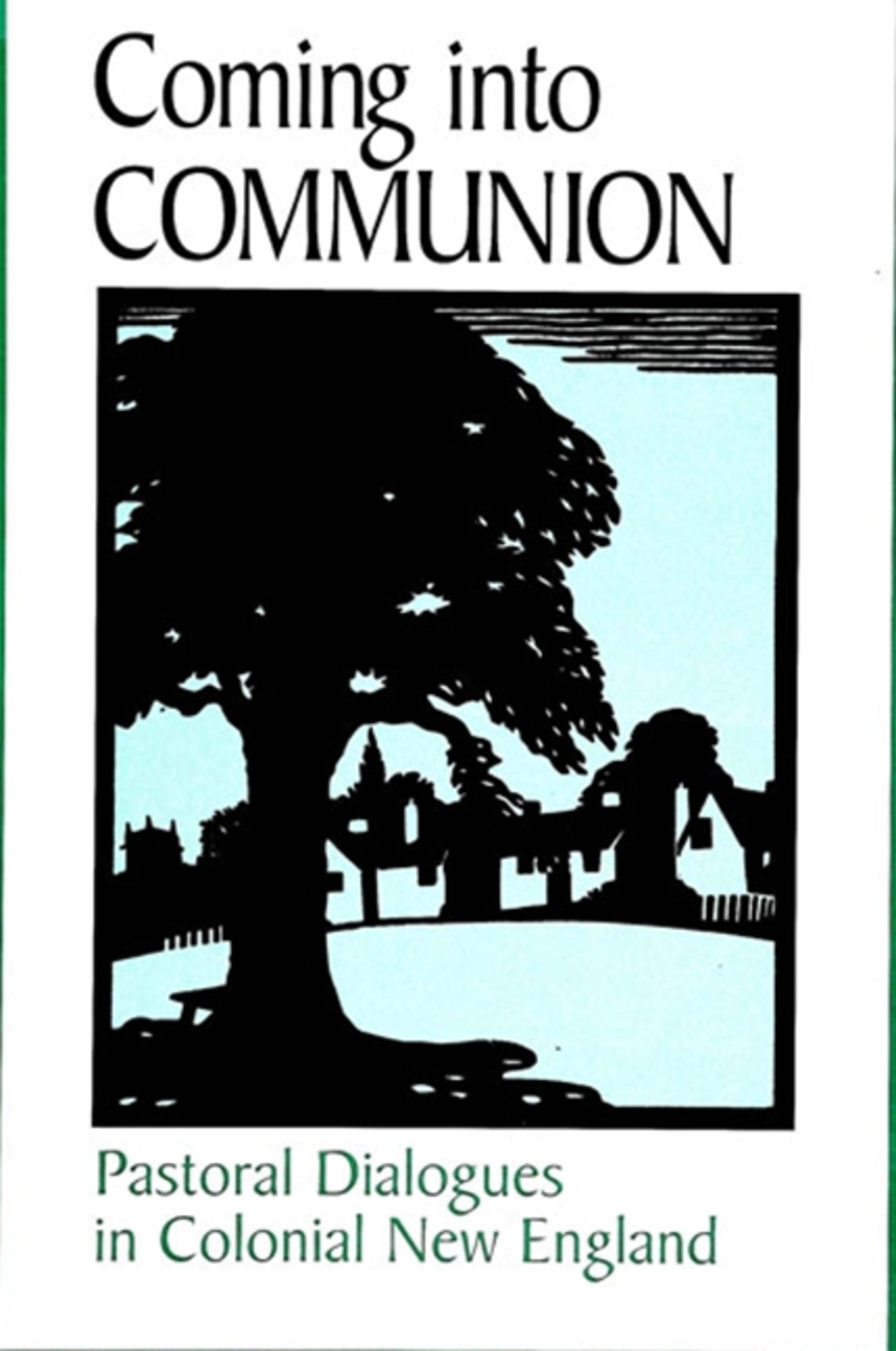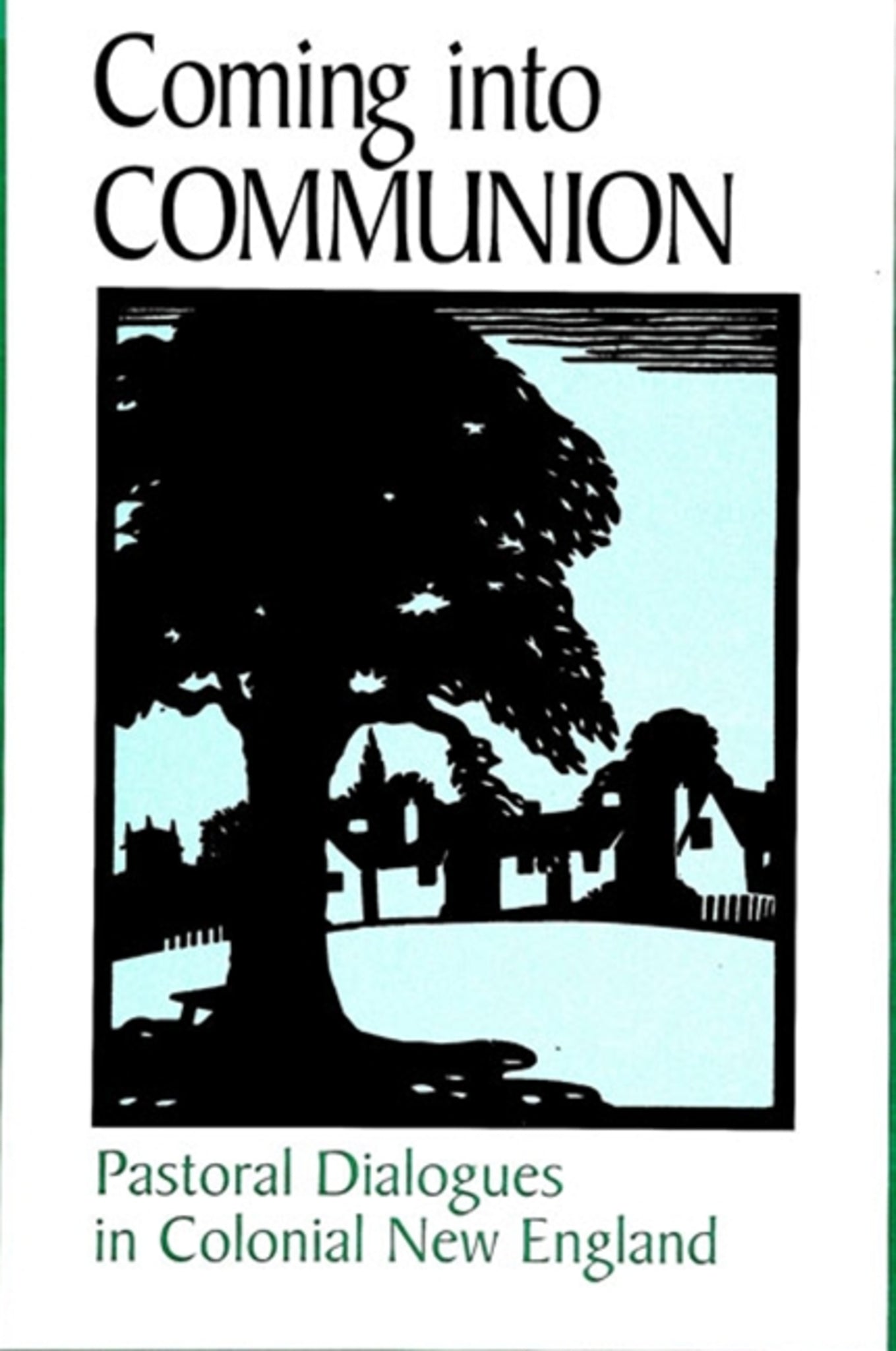We're sorry. An error has occurred
Please cancel or retry.
Coming into Communion

Some error occured while loading the Quick View. Please close the Quick View and try reloading the page.
Couldn't load pickup availability
- Format:
-
30 September 1999

Explores the lives and religious imaginations of colonial women and the contributions they made to colonial religious discourse.
By exploring the interrelationship between elite and popular religious culture in colonial New England, Coming Into Communion shows that laywomen made active significant contributions, through the process of dialogue, to religious language and theology in the early eighteenth century. Case studies examine a variety of women, including the poet Jane Colman Turell, Sarah Edwards (wife of the prominent theologian), and a group of women whose voices are preserved in history because they were accused of killing their newborn babies. Henigman tells the fascinating stories of their interchanges with their ministers to show that these women subtly revised the language of the clergy, choosing different scripture texts and images to describe a more intimate relationship with God and a holistic sense of community.


"Coming Into Communion tells a compelling story about significant early American texts and the people whose lives they represent. Each case study illuminates the subject in many ways, bringing fresh insights and perspectives to bear on familiar issues, while recovering voices that have not received as much attention or that had been covered by the voices of their interlocutors, in their own times and by the critical tradition. The book will cause scholars in many areas to reexamine critical assumptions." — David H. Watters, University of New Hampshire
"This is a well-written, well-researched treatment of the dialogic relationship between women and their ministers in seventeenth- and eighteenth-century New England. The great strength of the book is its detailed readings of primary sources in a little-explored archive. We learn a great deal more than ever before about Jane Coleman Turrell and about the numerous 'criminal' women of the seventeenth century." — Janice Knight, University of Chicago
Acknowledgments
List of Abbreviations
Introduction
Chapter One. To Love And Make A Lie: Narratives Of Infanticide
Clerical Anxiety and the Execution Sermon
"One Word": Sexuality and Separation
Competing Communities and the Erasure of Maternity
The Pastoral Encounter: Maternity and Community in the Sermons of John Rogers
The Passion of Esther Rogers: "Freedom of Spirit, and Liberty of Speech"
A Note on the Negro Lad
"To Prevent Lives Being Lost": Community Responsibility and the Bastard Neonaticide Act
Juries of Women
Lessons of Caution for Young Sinners: Silencing a "Child of the Town"
"A Witness against Myself": The Challenge of Reconnection through Maternity
Chapter Two. On Wedlock And The Birth Of Children: The "Pious And Ingenious" Jane
Colman Turell
Piety or Ingenuity?
Piety and Ingenuity: Jane Colman Turell and the Tradition of Women's Religious Poetry
"The Voice Leisurely Ascends": Jane Colman Turell and Psalm Paraphrasing
Come to the Marriage
Benjamin Colman and Marriage: "Union by Vision"
Tho'ts on Matrimony": Jane Turell at Medford
Coming into Communion: Jane Colman Turell and the Travailing Woman
Aftermath
Chapter Three. Flowing And Reflowing: Dialogic Emanations
The Danger of Narrative
The Body Enspirited
Sarah Edwards in Northampton
Epilogue
Notes
Works Cited and Consulted
Index



